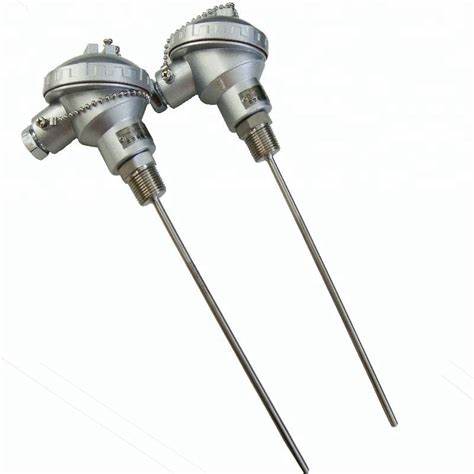
What is an RTD?
RTD is an acronym for resistance temperature devices. RTDs are used in industrial and commercial processes to measure temperature in pipes, bioreactors, vessels, or tanks. These RTDs are commonly made of platinum, nickel, or copper elements.
How does it work?
An RTD works based on the temperature coefficient of resistance. It is the measure of how a material’s electrical resistance changes with temperature. Meaning that as the temperature increases so does the resistance of the metal and vice versa. Thereby, when the temperature of the wire changes, its resistance changes. This change in resistance is then measured using a bridge circuit. The bridge circuit meanwhile converts the resistance into an electrical signal. That signal is then read by a temperature controller or data acquisition system.
What are some advantages of RTDs?
RTDs have many advantages, provided below are just a few:
1. High Accuracy – RTDs provide reliable temperature measurement over a wide range of temperatures.
2. Stability – They are highly stable over time and have a long lifespan.
3. Linearity – RTDs have a linear relationship between temperature and resistance, which simplifies the calibration process.
4. High Sensitivity – They can detect even the smallest changes in temperature in some instances.
What are best applications?
The best applications for RTDs are in the chemical, aerospace, pharmaceutical, and food and beverage industries.
